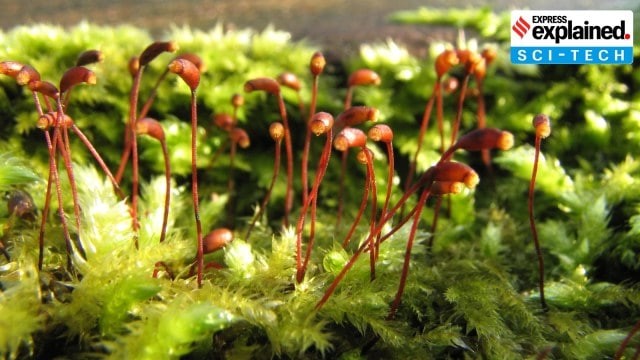Description
Context: Management Effectiveness Evaluation (MEE) of 146 national parks and wildlife sanctuaries in the country is released.
- India has a network of 903 Protected Areas covering about 5 per cent of its total geographic area of the country.
- According to the survey, Tirthan Wildlife Sanctuary and Great Himalayan National Park in Himachal Pradesh have performed the best among the surveyed protected areas.
- From this year onwards, 10 best nationalparks, five coastal and marine parks and top five zoos in the country will be ranked and awarded every year.
- The Turtle Wildlife Sanctuary in Uttar Pradesh was the worst performer in the survey.
- 70% of the global tiger population, 70% of Asiatic lions and more than 60% of leopard population in India is a certificate of India’s thriving biodiversity as these big cats sit at the top of food chain and their growing numbers shows the well-being of the whole ecosystem.
Management Effectiveness Evaluation of Protected Areas
- It has emerged as a key tool that is increasingly being used by governments and international bodies to understand strengths and weaknesses of the protected area management systems.
- India has systematically designated its Protected Areas in four legal categories — National Parks, Wildlife Sanctuaries, Conservation Reserves and Community Reserves under the Wildlife (Protection) Act, 1972.
- Under this Act, India has 903 formally designated Protected Areas with a total coverage 1,65,012.6 square km.
- Among these are 101 National Parks, 553 Wildlife Sanctuaries, 86 Conservation Reserves and 163 Community Reserves.
- For the survey, 146 National Parks and Wildlife Sanctuaries across 29 states and Union territories were evaluated.
Tirthan Wildlife Sanctuary
- Located in the Kullu district, Tirthan wildlife sanctuary is one of the most magnificent sanctuaries in Himachal Pradesh.
- It lies is Seraj forest division near Kullu town.
- The wildlife sanctuary was notified in revenue records of the state on 17 June 1976.
- It is spread around an area approximately 61 sq km.
- The sanctuary is very famous among the pilgrims all over the country for the hot springs originating in the mountain ridges surrounding the sanctuary.
- Khirganga, Hans Kund and Mantalai Rakti Sar are the names of hot springs present in the region.
- The Great Himalayan National Park adjoins the Tirthan wildlife sanctuary on the southern side.
- It has one of the largest remaining populations of Himalayan Tahr.
- The wide variety of fauna present includes Jungle Cat, Brown Bear, Himalayan Brown Bear, Barking Deer, Snow Leopard, Himalayan Rhesus, Weasel etc.
- Flora includes moist Deodar, Ban Oak, Alpine, mixed Conifer tress etc.
Great Himalayan National Park
- This National Park is located in the state of Himachal Pradesh.
- It is listed under the UNESCO World Heritage Sites list.
- It is at the junction of world's two major bio-geographic realms: the Indo-malayan realm to the south and the Palearctic realm to the north.
https://indianexpress.com/article/india/survey-tirthan-sanctuary-great-himalayan-national-park-best-performers-among-protected-areas-7142634/










